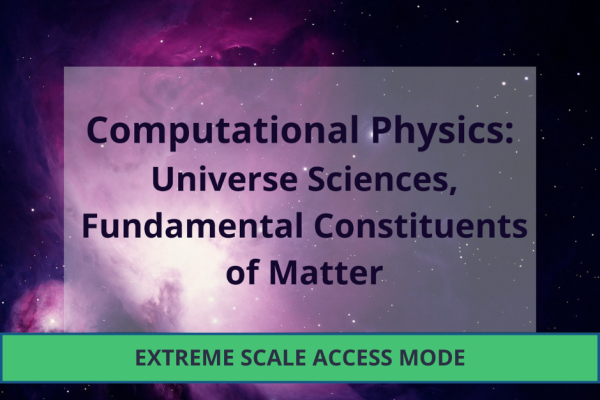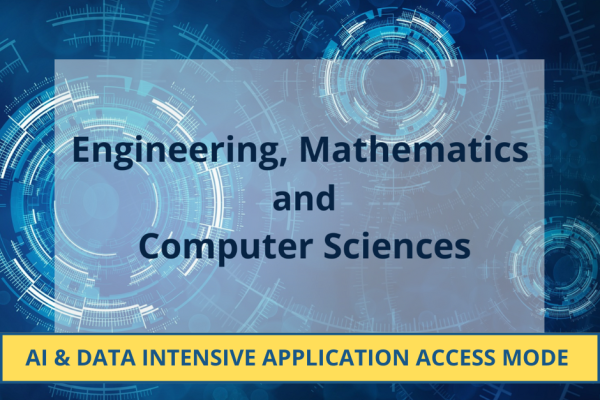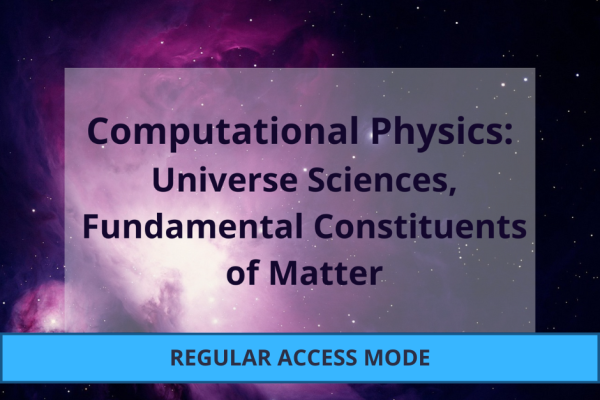Filter by
Awarded Projects (332)
RSS
This proposal aims to support assessment of cloud feedbacks and climate sensitivity, as part of the the ongoing H2020 project Next Generation Earth Modelling Systems (NextGEMS). Cloud response to climate change remains a primary uncertainty and challenge in future climate projection.

Galaxies and the gas surrounding them are turbulent and multiphase, i.e., colder (< 10^4 K) gas is embedded in a much larger, volume filling hot (≳ 10^6 K) phase, and regulates the fuel supply for star formation and black hole growth.

This project leverages cutting-edge generative AI models to design synthetic enzymes optimized for industrial applications in biofuels, agriculture, and pharmaceuticals.

It is widely acknowledged that the prediction of turbulent flows in the presence of separation is one of the most significant challenges in fluid dynamics.

Although current Earth system models (ESMs) project a consistent pattern of future global warming, there are important regional differences that increase the uncertainty at the local scale, which poses a risk for climate adaptation.

Large language models (LLMs) are at the core of the current AI revolution, and have laid the groundwork for tremendous advancements in Natural Language Processing.

This project will explore a novel, scalable, and cost-effective approach to instruction tuning and alignment of existing LLMs to new languages.

The national libraries of Norway and Sweden collect and preserve nearly everything that is published in their respective languages. Both organizations have used these collections to train and release open access AI models that have seen widespread use with millions of combined downloads.

The primary objective is to evaluate the impact of self-interacting dark matter on alleviating discrepancies between simulation results and observations of galaxy-galaxy strong lensing in cluster environments.

Understanding how merging binary neutron stars (BNSs) can launch powerful relativistic jets and, in turn, produce short gamma-ray bursts (SGRBs) remains a major theoretical challenge.